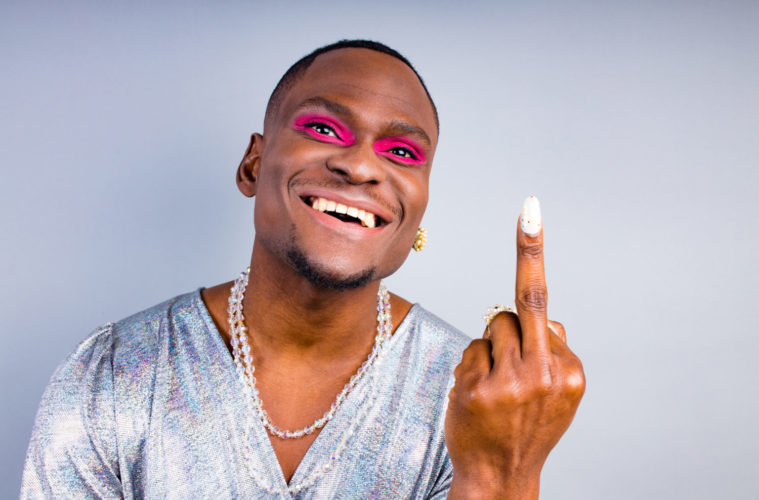Before Hamburger Mary’s hosted drag performances, before RuPaul started RuPaul’s Drag Race, and before Leiomy Maldonado judged duckwalks and dips in Legendary, the ballroom and drag culture that we know today was once an underground scene. It wasn’t until Paris Is Burning’s release in 1990 that people would come to know what the queer people of 1980s-1990s Harlem, New York were brewing.
Present-day drag and ballroom culture are well-loved and anticipated. And the impact of Paris Is Burning on ballroom culture and drag culture are still very much evident — even straight people now embrace what the icons of the past said, used, and did.
What did Paris Is Burning show (at the time) that people didn’t know about beforehand?
When Paris Is Burning was released in 1990, it was still at the height of the HIV/AIDS epidemic — homophobia was also rampant; because LGBTQ+ was often associated with the said diseases. But even before the virus killed people, society already shunned members of the LGBTQ+ community — even their very own parents. Thus, many members of the community were kicked out or forced to run away from home.
Many of the icons and legends who starred in Paris Is Burning (like Angie Xtravaganza and Dorian Corey) died from AIDS-related diseases. And Venus Xtravaganza — who seemed to be everyone’s favorite in the documentary — was killed before the documentary was finished. The 23-year-old gleeful young lady who wanted to be a “spoiled, rich white girl” never got the chance to be one.
Venus Xtravaganza’s murder remains unsolved. But it’s presumed that it was because the suspect she was with at the time killed her because they found out she was transgender — this was often the case for LGBTQ+ members that the public didn’t care much about then.
To be homeless, be a person of color, and be queer in the past was a lose-lose situation. That’s why many of them turned to drug use, sex work, and suicide. It wasn’t until the ballroom community grew and came together that the LGBTQ+ members vigilantly looked out for each other — they made their own “Houses” and had their own “Mothers” and “Fathers” to take care of them (and they were also gay and transgender; often African-Americans, Latinx, and Afro-Latinx) because their own parents refused to.
On the bright side, these young “outcasts” and “misfits” found homes, parents, and a loving community. The ballroom scene flourished because it was the only place where nobody felt as though they were different. But, of course, this doesn’t mean that they can’t be nasty — that’s why they “read” people; that’s why they “throw shade.” The ballroom culture was also the only place where they can finally be the “femme queens” that — those who walked for this category — they truly are.
The impact of ‘Paris is Burning’ on Ballroom culture and drag racing: What changed?
If you compare Paris Is Burning balls to modern-day ballroom, you’ll still find people voguing and walking in various categories. Posing like a model is still an art form. Arguably, even more so now.
Non-cisgender women who can pass off as one (and non-heterosexual men who look convincing enough to look like they’re one) and win countless titles because of this are still “legendary.”
Creatively insulting someone is still another form of art in the ballroom and drag culture — not everyone can “read” someone or “throw shade” without sounding like they’re provoking a person to fight.
The most noticeable impact of Paris Is Burning on ballroom culture and drag racing, however, is that it’s no longer exclusive to the LGBTQ+ community. Non-members now use many coined words, phrases, and terms that came from the once-underground scene.
LGBTQ+ members, drag queens/kings, and ballroom walkers these days may also find that they don’t have to exclusively walk for their houses and during balls alone — the streets are easier to strut around now that it’s 2023 and some of their — very much deserving — rights are given to them these days.
All in All…
It may be over 30 years since its release but the impact of Paris Is Burning on ballroom culture and drag culture is still apparent. If it weren’t for the once-underground scene and the legends, icons, and trailblazers in the past, nobody would get to know the revered various forms of art that were conceptualized in the previously hidden world of ballroom that NYC queer people started decades ago.
Advertising disclosure: We may receive compensation for some of the links in our stories. Thank you for supporting LA Weekly and our advertisers.

